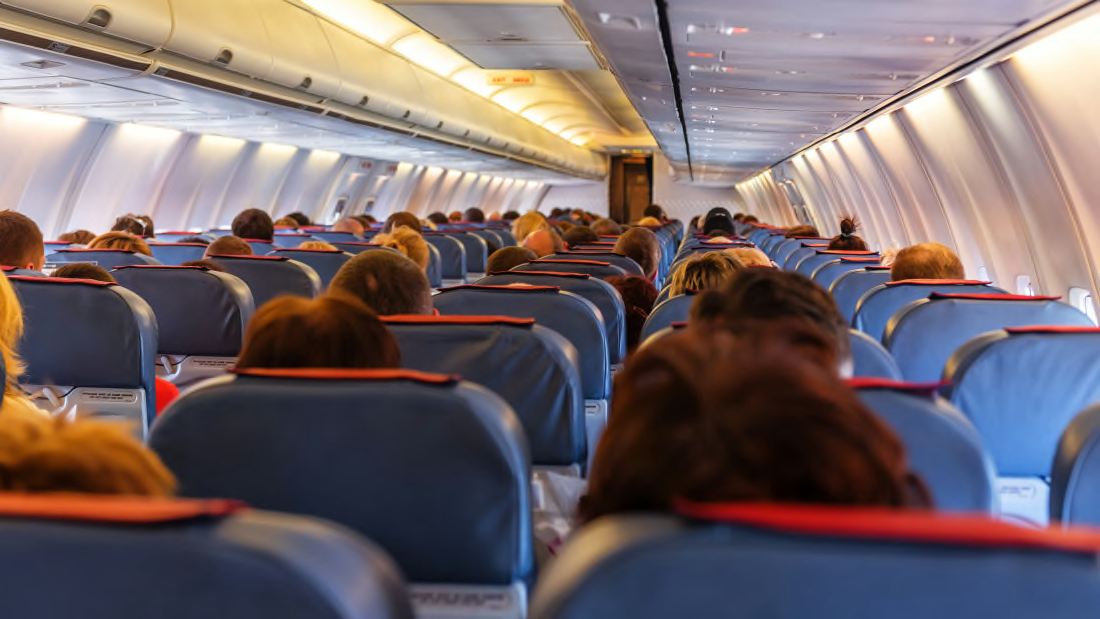
Every time you step foot on an airliner, numerous safety features and precautions have been taken to ensure that your flight is as safe and smooth as possible. From the many aircraft rivets throughout the plane to the technologically advanced flight deck, here are four airplane safety features keeping you safe in the skies.
1. Fire-resistant Seat Cushions
It is well-known from the routine safety briefings on flights that seat cushions can double as a flotation device should a water landing be necessary. However, a 1984 Federal Aviation Administration mandate required airplane seats to be produced using fire-resistant material to help reduce damage should a plane catch on fire.
2. Traffic Collision Avoidance System
TCAS is set up on airliners to minimize the incidence of mid-air collisions. It works by using a transponder to monitor the airspace around a plane and warn pilots of other aircraft nearby. A limitation of this system includes the fact that many smaller or private planes are not required to use TCAS, as TCAS only works when both aircraft in the airspace are fitted with the technology.
3. Floor Markings
In the event of a dark nighttime emergency landing or a fire on board that can leave the plane cabin filled with smoke, the floor proximity emergency escape path marking system will light up and guide passengers to safety.
4. Air Marshals
While not technically a feature of the plane itself, air marshals ride as ordinary passengers on many flights in case a dangerous situation occurs in the air. Sky marshals blend in with the rest of the public and you will only know who they are if a serious threat arises on your flight.
From the moment you step on board and until you arrive at your destination, modern aircraft are keeping you safe behind the scenes. These are just four of many features that you hopefully will not even notice on a routine flight.